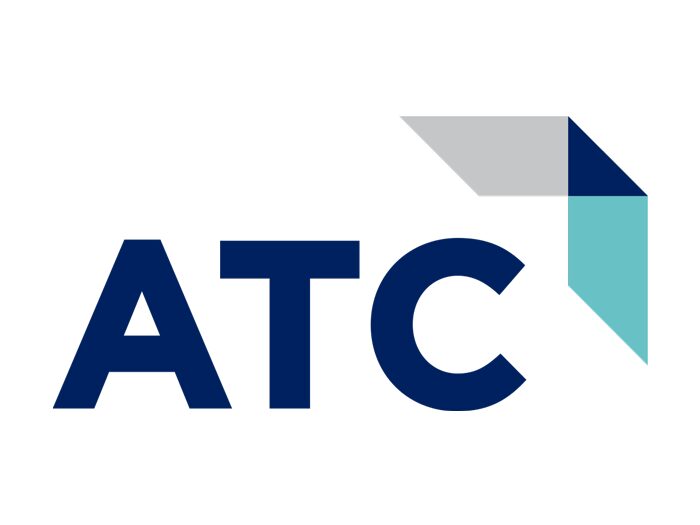
We’ve heard it before: All good things must come to an end. Unfortunately, the same is true of that good ole reliable server. It may have given you a solid run for years but now, applications are running slowly and data isn’t being processed at the same speed it used to be. You can almost hear the gears squeaking and creaking each time a data request is made. The time has come to move on (and up).
So, what’s the next move for your Cincinnati-area business? There are two viable options: migrating to the cloud, or investing in another on-premise technology stack. We happen to have 10 solid reasons why cloud migration may be the best choice to accommodate the needs of your business.
10 Reasons to Move to the Cloud
1. Centralized infrastructure. If you’ve been using multiple on-site servers, you’ve probably found that things can get complicated pretty quickly. Multiple servers mean dealing with multiple issues, sometimes simultaneously. An increase in complexity means reducing efficiency. The same is true when it comes to servers. Cloud migration means that you’ll be upgrading to a centralized infrastructure that will synthesize all of your systems. You’ll have access to a virtual data center that allows your multiple servers to be one, while still having access to all the computing resources you’ll need.
2. Redundancy and high availability. If you’ve ever had a server go down, you understand exactly how frustrating the experience can be. Want to avoid downtime? Cloud services are designed so that there is never a point of failure. It’s based on the principle of redundancy. Because the cloud is made up of a network of servers, if one server goes down, there are other servers to provide resources and pick up the slack. Simply put, it’s like having a whole network of servers as backups.
3. No upgrade fees. When investing in IT systems, organizations sometimes neglect to consider their long-term needs. They’ll purchase the resources they need for a specific moment in time, but after a year, they find they need to upgrade their systems. Unfortunately, this can end up being an expensive mistake. The constant capital spending on upgrades doesn’t happen when you invest in the cloud. An independent IT consulting firm can help you find the right managed cloud services provider to meet your needs and help you get on track with keeping your infrastructure updated in accordance with the latest standards.
4. Cloud security. Moving to the cloud means that you’ll be able to rest assured knowing your systems are secure. Most managed cloud service providers are equipped with multiple firewalls, scanning VLANs and more. Keep your data in and bad actors out.
5. Lower costs. The cost savings of utilizing SaaS applications is often touted as a major benefit over on-premise deployments. Those cost savings come from multiple factors, including:
- Lower acquisition costs.
- Lower hardware costs.
- Minimal IT resources required to run.
- Lower management costs.


Gartner’s research and studies find that adopting the cloud can save companies a significant amount of money—an overall average of 14 percent, in fact.
6. Better collaboration. When teams can easily access, edit and share documents in real time, collaboration soars. The cloud facilitates this type of cooperation by making documents available from anywhere at anytime and delivering full visibility into the collaborative process.
A Forbes Insight research study lists some of the benefits of cloud-based collaboration as:
- Flexible work environments.
- Enhanced communication with customers, suppliers and partners.
- Enablement of new products and services.
- Business scalability support.
- Workforce mobility.
- Reduced operating costs.
While collaboration can certainly take place outside of the cloud, nothing can compete with the cloud’s ability to facilitate collaboration across functional boundaries, time zones and between organizations.
7. More flexibility and agility. Operational agility is a top driver for cloud adoption. Agility and flexibility can provide companies with a true competitive advantage. We’re referring to the ability to rapidly and cost-effectively respond and adapt to market and environmental changes. Cloud-based solutions are inherently flexible, allowing companies to scale up or down with demand, without the need to add to or retire existing infrastructure.
- On demand scalability allows you to upgrade or downgrade your current plan as needed.
- Data availability provides more points of access, even during peak times.
- Rapid disaster recovery assures greater protection against data loss.
8. Work from anywhere. The ability for you and your team to access vital business applications remotely is one of the most compelling, and most commonly cited, benefits of cloud computing.
Forbes reported on a number of employer benefits resulting from telecommuting, including:
- Increased productivity (two thirds of managers reported an increase in productivity from remote employees).
- Higher morale, lower absenteeism and lower stress levels.
- Reduced operational costs due to less office space.
9. Backup and disaster recovery. One of the most significant business cases for cloud migration is for robust backup and disaster recovery services. And for good reason: Disasters happen. Increasingly, organizations are counting on the cloud to ensure continued access to their vital business data. What makes the cloud such an effective backup and disaster recovery tactic? A few of the advantages include:
- Safety. With your data stored in the cloud, you are not subject to the typical threats of fire, flooding or theft. And, data stored in the cloud is generally stored on secure, encrypted servers and systems, which minimizes the risks to your data.
- Ease of recovery. With multiple levels of redundancy, if data is lost or deleted, most likely through individual user error or deletion, backups are available and easily located. Multiple levels of redundancy mean that your online backup service stores multiple copies of your data in locations independent of each other.
- Ease of access. Once you’ve aligned with cloud migration, as long as you have internet access and can connect to the remote server, you’ve got access to your data.
- Affordability. Cloud-based backup can be less expensive than the cost of tape drives, servers or other hardware and software elements necessary to perform the backup. And when you add in the media on which the backups are stored, the transportation of media to a remote location for safekeeping and the IT labor required to manage and troubleshoot backup systems, cloud backup becomes an even more affordable option.
- Convenience. You’re free to concentrate on running your business as cloud-based backup solutions run automatically.
10. Document access and control. As the need for collaboration between business users increases, so does the need for tight document control and easy access from anywhere. Cloud-based document access and control solutions store documents centrally, enabling everyone (with the correct security privileges) to access, view, share and edit content. You may be familiar with some of the big names in this market space: Dropbox, Google and Adobe each have offerings. However, many cloud-based applications provide the capability to store, associate and share documents related to records in the application. Advantages of centralized document management include:
- Automatic backups.
- Easy sharing and increased collaboration.
- Regulatory compliance.
Cloud Migration is the Future
Legacy networks can’t keep up with today’s intensive workloads and remote workforce. An application-focused cloud ecosystem eliminates barriers and reduces the distance data needs to travel to the end-user. Due to its scalable nature, cloud solutions provide the flexibility required to optimize your workloads through public, private, hybrid and multi-cloud options.
Cloud migration fuels growth and powers other digital transformation tools like artificial intelligence (AI), Big Data and machine learning (ML). Build a better network with the cloud and be prepared for the future.
ATC Looks to the Cloud for Solutions
If you are considering moving from your on-premise server to a cloud-based solution, ATC works with the leading cloud service providers to get your applications up and running faster. Call us for improved data manageability and less maintenance.










